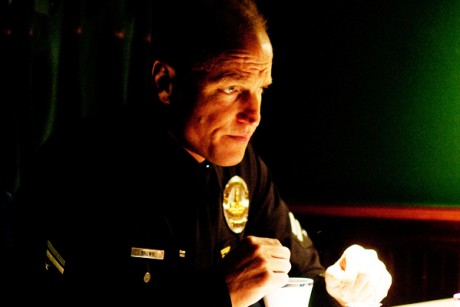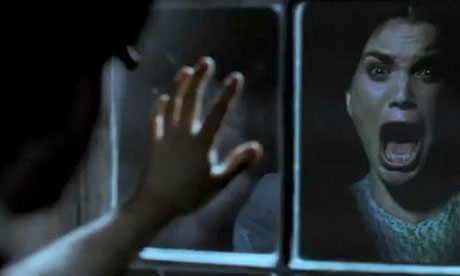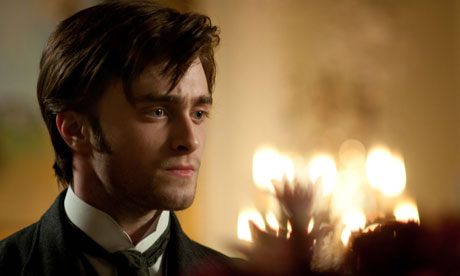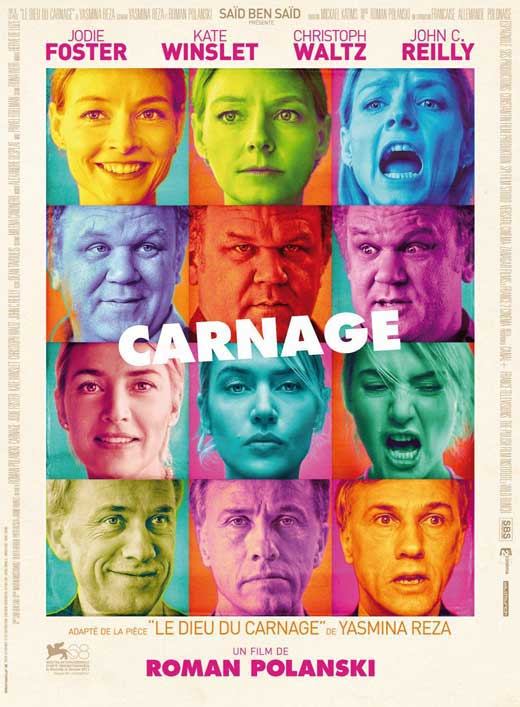You like films about dirty cops? You like to watch them run
off the rails doing bad things? You like to watch them make wise cracks as they
crack skulls and rob perps while they beat them to a bloody pulp? If the answer
to most of these is yes, then Rampart
will be disappointing. BUT, if you like intense character studies, low key
performances and altogether something a little bit different, go and see it
because you will not be disappointed.
This pretty much sums up the overall reaction to rampart,
which has been mixed to say the least. Woody Harrelson plays ‘Date Rape’ Dave
Brown - a police officer belonging to the LAPD Rampart division - a man who is
in control, knows his business and isn’t afraid to cross the line in the name
of justice both in aid of the court and himself. Based around the true case of
the Rampart police corruption scandal in 1999 that subsequently shut down the
department, the film’s director - Oren Moverman - takes us away from the
overarching big case story and instead chooses to focus on Dave’s life as it
begins to fall apart in the wake of the scandal. The result is a very intimate
portrait of a man who is so completely convinced he is in the right that he
will go further into the wrong to prove it.
This is subjective filmmaking at its most prominent.
Moverman really presents the world as seen through Dave’s eyes, from every
argument he has with his family (he has fathered two daughters by two sisters
and still lives casually with them) to a mad night in a deranged club (which is
one of the best club scenes committed to celluloid). This is just as well,
because if this story were to be seen from the outside, Dave would seem like a
complete prick. And he is a complete prick, but the subjective filmmaking
allows us to sympathise with him…OK maybe not ‘sympathise’, it just makes us
hate him a whole lot less.
Harrelson goes full throttle into the performance, right
down to the big, butch LAPD walk. He’s hyper masculine, yet charming, yet
troubled, yet paranoid and so on and so forth. Moverman and Harrelson have
created an incredibly complex character that completely carries the audience
through the jumpy narrative - we never really see any of the big events break
AS they break, just how they’re filtered down to Dave and how they affect him.
There is no clear and concise narrative sequence, which can leave viewers
feeling frustrated, but once you get settled into the film you begin to connect
the various dots and you can really see how adamant this man is that above all
things, he is right.
So, as I’ve said before, this film won’t be for everyone.
The almost vignette-like narrative combined with a more intimate and emotional
approach that doesn’t have any explosions or car chases will leave many fans of
the dirty cop genre (or any other
action/thriller for that matter) disappointed. There are some great,
straightforward dirty cop movies out there, but not many of them really go into
such psychological detail as Rampart,
which is definitely a great strength to have. Here is a relatively fresh take
on a tired subject that isn’t afraid to delve right into the intimate emotions
felt by these people that breaks down the whole myth about the LAPD to reveal
that despite their tough image, they are still human.








